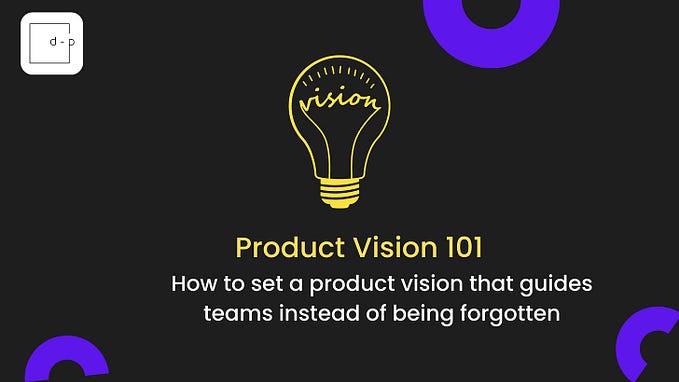Member-only story
Combining Agile, Lean, and Design Thinking — a layered approach
A novel way to harness all three that works to combine their strengths in a concurrent and intertwined fashion.

The Recap
Previously, I wrote about the similarities and differences between Agile, Lean and Design Thinking. The definitions that I gave for the focus of each was:
- Design Thinking focuses on value discovery. That is, deciphering what people actually want.
- Lean focuses on value validation. That is, determining if there is a market for your idea.
- Agile focuses on value delivery. That is, building a working product that customers can use and gain benefit from immediately.
(A few definitions are required here. By “Lean”, I mean The Lean Startup, not the Lean manufacturing model. When I say “Design Thinking”, you could equally apply either Design Thinking itself, i.e. the five stage model, or the similar and equally valid Double Diamond approach to design.)
I observed that these three methods all follow a common, looping pattern of identifying and exploring a problem, then attempting to solve it, then evaluating and analyzing the solution’s success, and finally repeating the cycle until we’re confident and satisfied. All three methods tend to ask similar questions about understanding a customer’s need, and whether or not our solution adequately fulfills that need.
I also observed that the method you tend to prefer often has a lot to do with your own experience and tools at your disposal. Agilists tend to prefer software-based solutions, Design Thinkers tend to prefer design-based solutions, and Lean aficionados tend to prefer business-oriented solutions. Thus the model that we prefer has a lot to do with problem solving modes that we’re already comfortable with and confident using.








